Search Results for Tag: Arctic politics
Food and sex in Svalbard’s icy waters?
This is my first post from the Polar Marine Night expedition, from the Kongsfjord in Svalbard.
On the flight from Oslo to Longyearbyen, the main settlement on the island, after a period with a beautiful sunset red strip in the sky, it was dark by half past midday and I realized I had seen my last sunrays for this week.
Flying in to Longyearbyen airport, I could see a white mountain, its dark silhouette outlined by the airport lights. Having been here before in the summer sun, I realized somewhere up there was the famous seed vault where safe supplies of seeds for the world’s food crops are stored under the permafrost, supposedly safe from wars or some other disastrous calamities which might require a “new start” for humanity. I was fortunate enough to visit it on a previous trip a couple of years ago. At the moment, though, the darkness reveals very little of the fascinating landscape.
New winter visitors to Ny Alesund
Our small, robust propeller plane carrying scientists and service staff from the research station, one fellow journalist as well as two young German scientists joining the scientific cruise had us in Ny Alesund late afternoon. It was strange to see the station completely in the dark, although it is not as deserted as it once was in winter, thanks to this Polar Night research. As our driver told us on the way to the harbour, (nothing is far from anywhere else in the small settlement, but hauling luggage across slippery snow and ice in the dark is something I can do without) there are around 60 people on the base, whereas once there was only a skeleton crew of around 13 over the winter.
The French-German station, the Norwegian station and the Chinese building are manned throughout the winter. The others are summer-only stations. Different scientists from around the globe come in and out for the boat trips to investigate marine life in the polar night. This is only the second year of this heightened interest in life in the dark season up here.
Select company of hardy researchers
The RV Helmer Hanssen – named after Amundsen’s navigator to the South Pole – was waiting at the quay. Built as an ice-going fishing vessel, these days the only trawling done here is in the interests of science. Since we left this evening, nets have been deployed at different levels at regular intervals bringing samples of Arctic sea life on board and into the labs. There are 16 students and professors on board, with a crew of 12 to operate the ship, round the clock. It’s an expensive business, says Stig, so they have to make maximum use of the ship time by working to a busy schedule, sleeping in shifts in between. Well, at least we have enough bunks, so we don’t have to economise by sharing those.
Nocturnal goings-on
If I hadn’t done my homework, there were times during the evening briefing by Stig and his colleague Paul Renault, when I might have been tempted to call for an interpreter , with talk of pelagic trawls, the hyper-benthos, grabs, diel vertical migration, epibenthic sleds and more of that ilk. Then comes the high-tech LOPC – a laser optical plankton counter, of course! In case you are not a marine biologist yourself, this is all about getting samples from different layers of water and the seabed to find out about the relatively unknown winter lifestyles and behavior of organisms living in the Arctic ocean. (There was some discussion about supplies of ethanol and formaldehyde, which you must not run out of if you want to take some samples home as a souvenir). It seems amazing, but there is still very little known about marine life in the polar night, because the region was so remote and inaccessible, and because people assumed where there was no light, there would be no biological activity. Now our scientists have discovered (last year was a real “eye-opener”, says Stig) that there is all sorts of activity going on.
It does not surprise me personally that a lot of creatures have to feed all the year round. But what exactly do cod, for example eat? That’s what Marine Cusa wants to find out for her PhD. I met her in the lab, where she was dissecting fish. I had a look inside the stomach of a large specimen of Atlantic cod in the lab.
Not for the faint-hearted, so I won’t go into details. There are even creatures up here who choose to reproduce in this dark season. Now presumably it’s not like with human beings, where there tends to be a rise in the birth-rate after major power cuts in some places. So why would sea creatures choose to have their young in the cold, dark, polar winter? Some of the experts here have some theories – but I’m going to save that for another day.
Political chat en route for Arctic Frontiers
I have arrived in Tromso after a flight with some spectacular views (until the early dark came down) and interesting company. I was sitting beside Anne-Grete Strom-Erichsen, ex Norwegian Minister for Health and for Defence. She will be co-chairing the health session in the Tuesday high-level segment. She was reading an article on the Arctic in one of the main Norwegian dailies entitled “A Living Region” and summarized the gist of it for me as the need for international cooperation to deal with the challenges ahead for this high Northern region.
She reckons this year’s Arctic Frontiers is very high profile in Norway. The attendance of the Prime Minister shows the extent of Norway’s interest in Arctic development, she said. Although this is not her government, the Social Democrat ex-Minister does not expect anything to change with regard to Norway’s Arctic policies in general because of the key importance of the region putting it high on the list of political priorities. (Of course any politician will tell you their policies are better, but we just touched on that tongue-in-cheek).
I asked her about the environmental and climate impacts. “It’s a dilemma”, she said. “The world needs oil”. So far, she doesn’t really see an alternative, at least not in time and on the necessary scale. She thinks the debate over climate and emissions is growing in Norway though. And like other Arctic politicians I have talked to, she stressed the importance of international negotiations to tackle the emissions problem.
On the way to my hotel I met a representative from the British Embassy in Oslo. She told me several colleagues will be joining her, because the British government allocates great importance to the Arctic and its own Arctic strategy. During the week she will be following sessions on “Search and Rescue” – because of the increasing number of British tourists on cruise boats. Hm. As I said in the last post, there will be a lot of scope for discussion on the compatibility of commercial interests with environment protection up here this week.
Updates on Twitter @iceblogger
Mining fears decide Greenland vote
Interesting times for the “ice island“. The Greenlanders have voted for a change of government amidst concern that the incumbent government was opening the country too fast to foreign mining companies.
Alequa Hammond’s Siumit party won 42 percent of the votes, up from 26.5 percent. Kuupik Kleists’ Inuit Ataquatigiit took 34.4 percent compared to 43.7 last time. Hammond, who would be the first woman prime minister of Greenland if she successfully forms a coalition with a smaller party, campaigned on a pledge to tax foreign mining companies.
Climate change is opening up opportunities for the mining of rare earth and other raw materials in Greenland, as well as oil and gas exploration. I visited the island in 2009 to report on the effects of climate change. At that time, I could already sense the dichotomy between the desire to gain revenue from mining to fund ultimate independence from Denmark on the one hand, and concern that the changing climate was making traditional Inuit lifestyles more difficult and potentially opening the way for environmentally harmful commercial activities on the other.
Hammond, an Inuit woman who was educated in Montreal before returning to Greenland and working in tourism, told the online edition of the weekly newspaper Sermitsiaq “Too much secrecy surrounding mining projects and problems in the fishery sector, as well as a lack of construction outside Nuuk (the capital), determined the outcome”. There had been a lot of concern about proposals being discussed for a company to bring 2,000 Chinese workers to the island, with a population of just 57,000, to set up a mining venture. China is becoming increasingly interested in Greenland and the Arctic as a whole, both because of its rich mineral resources and the opening of faster shipping routes between Asia and Europe and North America.
It remains to be seen to what extent protecting the environment will have priority over economic considerations as Greenland develops further.
The Arctic Council will be meeting in Kiruna, Sweden in May, the last meeting before Canada takes over the chair. China’s application for observer status will be on the agenda. Hammond says she could support the application but would take a more critical look at Chinese investments.
Interesting times ahead. Watch this space. Related stories to catch up with:
Polar ice sheets melting faster than ever
Business opportunities boom in the Arctic
Sea levels rising faster than expected
China’s Arctic ambitions spark concern
Scientists raise Greenland climate threat
China and the Arctic – “a public area, just like the moon?
Now who could come up with a statement like that? It has to come from a country showing a growing interest in the region although it has no Arctic territory. The Chinese premier Wen Jiabao is coming to Europe tomorrow and the Arctic is to be a key focus of his trip. He’ll be spending eight days visiting Iceland, Sweden, Poland and Germany.
There are two main reasons for the Chinese interest: energy, and shipping routes. China is the world’s biggest consumer of energy and greatly interested in the resources becoming more easily accessible through climate change. The retreat of the sea ice is also opening up new routes for shipping in summer, which could cut the sea voyage between Shanghai and northern Europe by around 6,400 km. So there are difficult times ahead for those who want to protect the sensitive Arctic environment and wildlife from increasing traffic and risky exploration for oil, gas and minerals. I wrote about this some time ago, and it’s certainly going to keep coming up:
Arctic Regions Eye Nation’s Potential





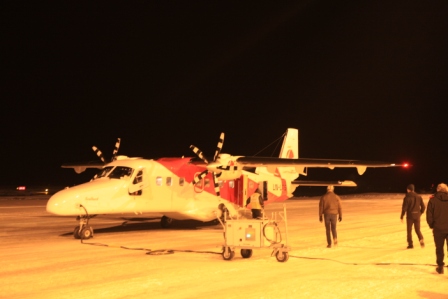
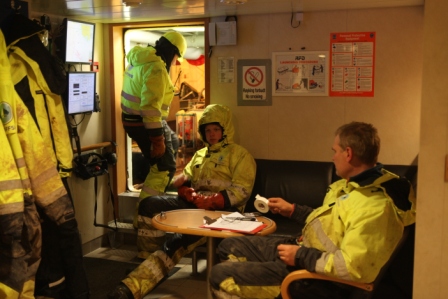
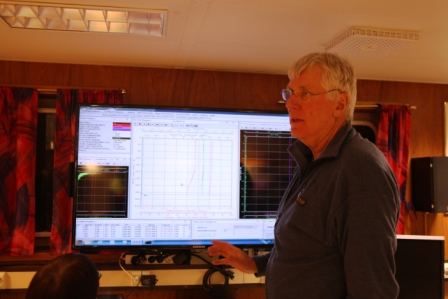
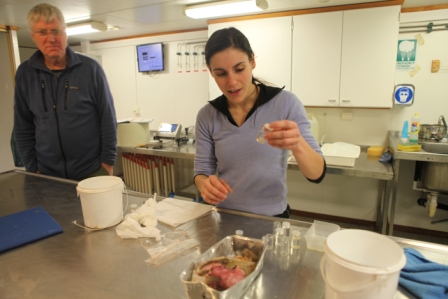
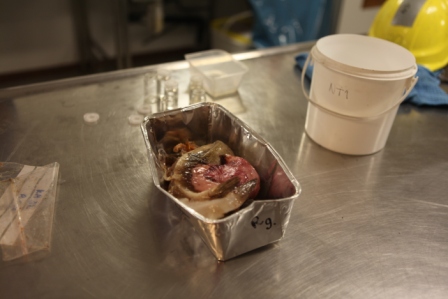

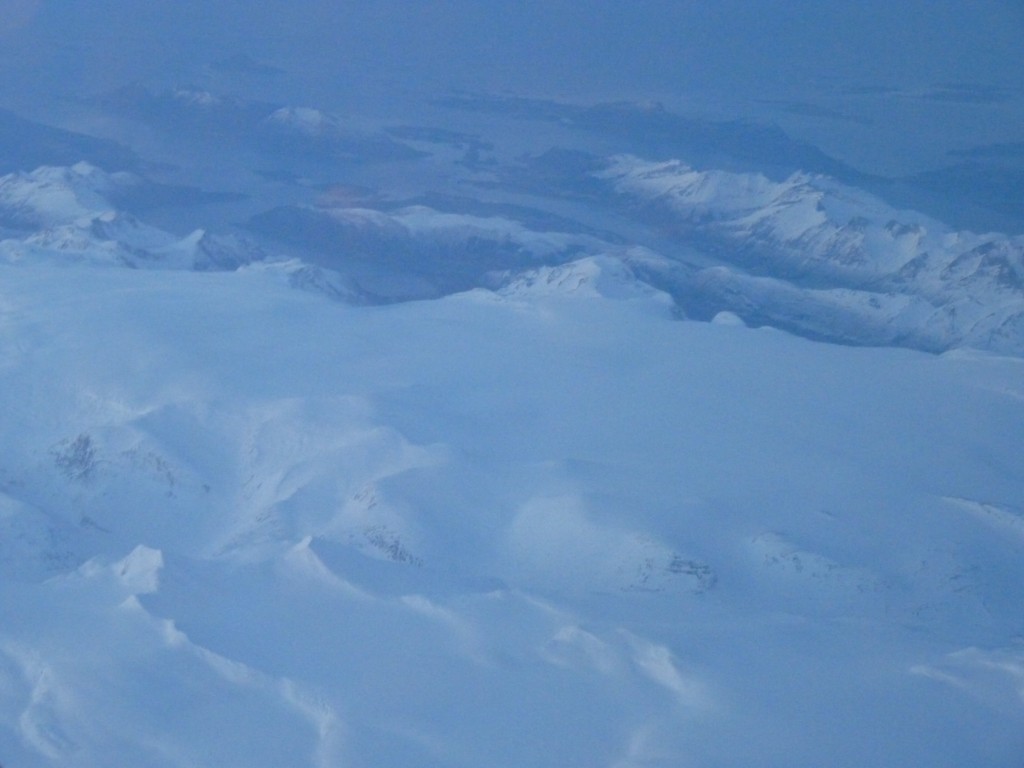
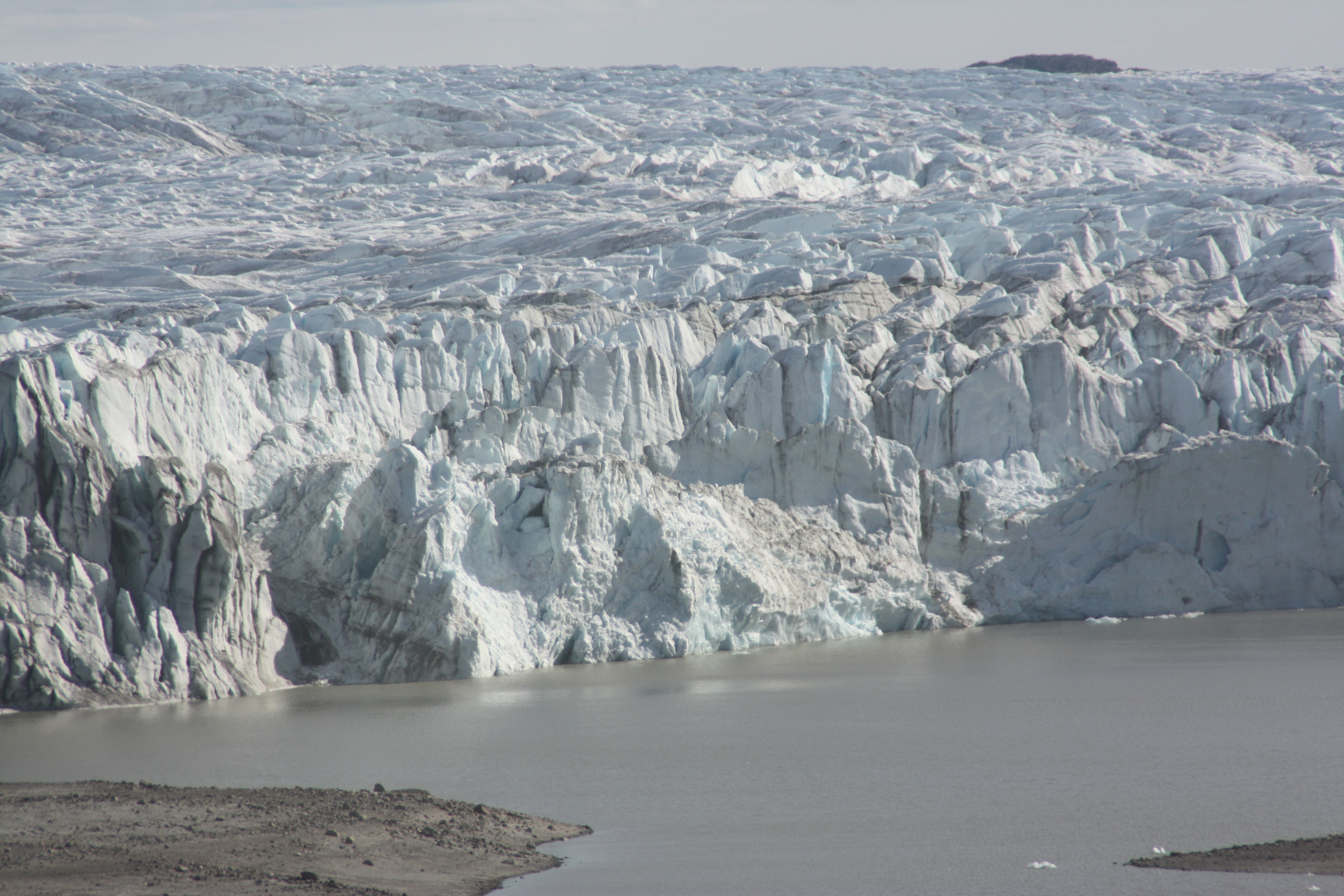
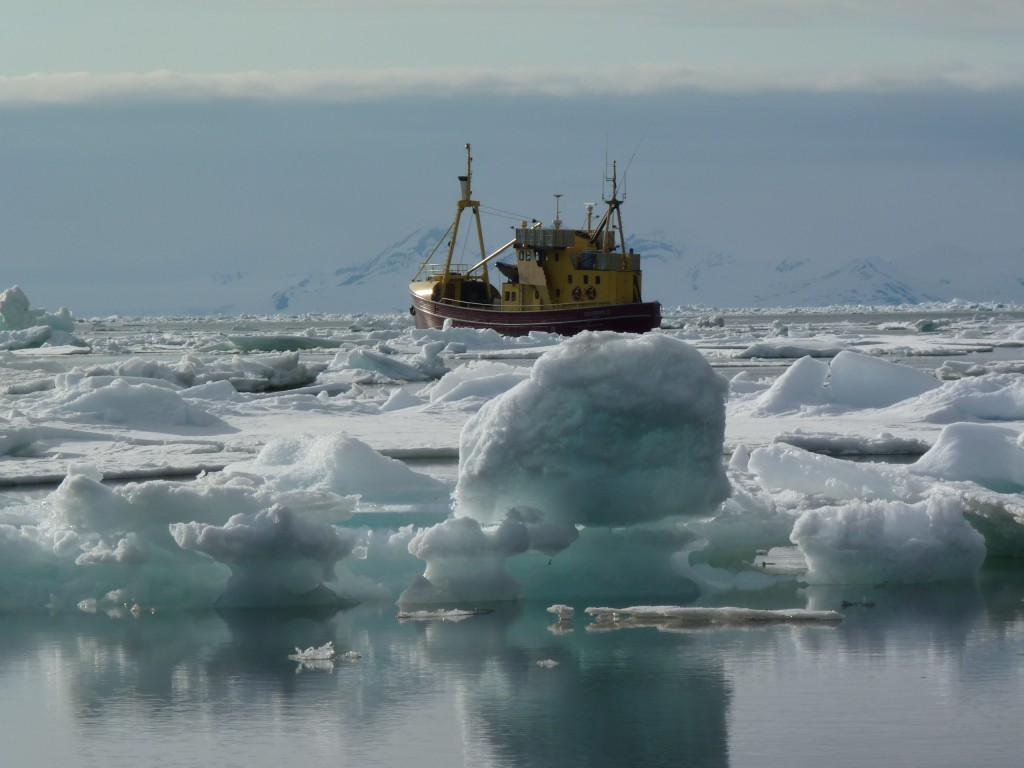












Feedback